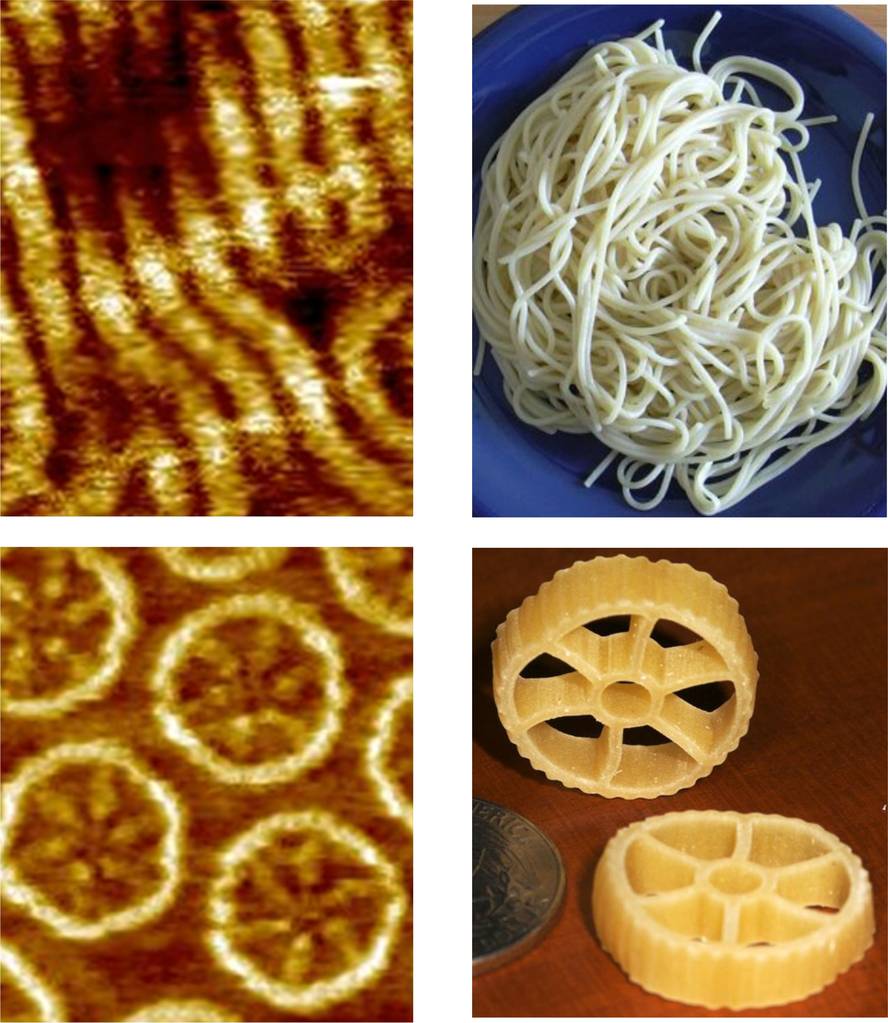More efficient LEDs with wheel molecules

Thanks to the wheel shaped molecules, the smartphone batteries will last longer. The key is on the screen. To date, the LED luminaires, main components of these screens, were manufactured with silicon semiconductor materials. However, screens of recent generations incorporate OLED technology, based on organic LEDs (polymers similar to plastics). The problem is that due to the form of spaghetti that these polymers have, the light they generate is polarized, from a single waveform, so much of the light is trapped inside the LED itself. This means a loss of 80% of the light emitted on OLED screens.
A change in appearance can reduce by half the amount lost. Using polymer molecules shaped like a radiated wheel or macaroni rotelle, following the example of pastes, light is generated and expanded in all directions and it is easier to cross the screen. According to physicists at the University of Utah who have rehearsed, it is curious to get a random light source with a symmetric aspect.
A lot is missing to reach mobile phones, but this technology would have a higher impact on battery life, as new screens would mean a lower consumption. In addition, this peculiar aspect gives the new material other characteristics regarding light: it can also be used as a solar panel or as a sensor.





